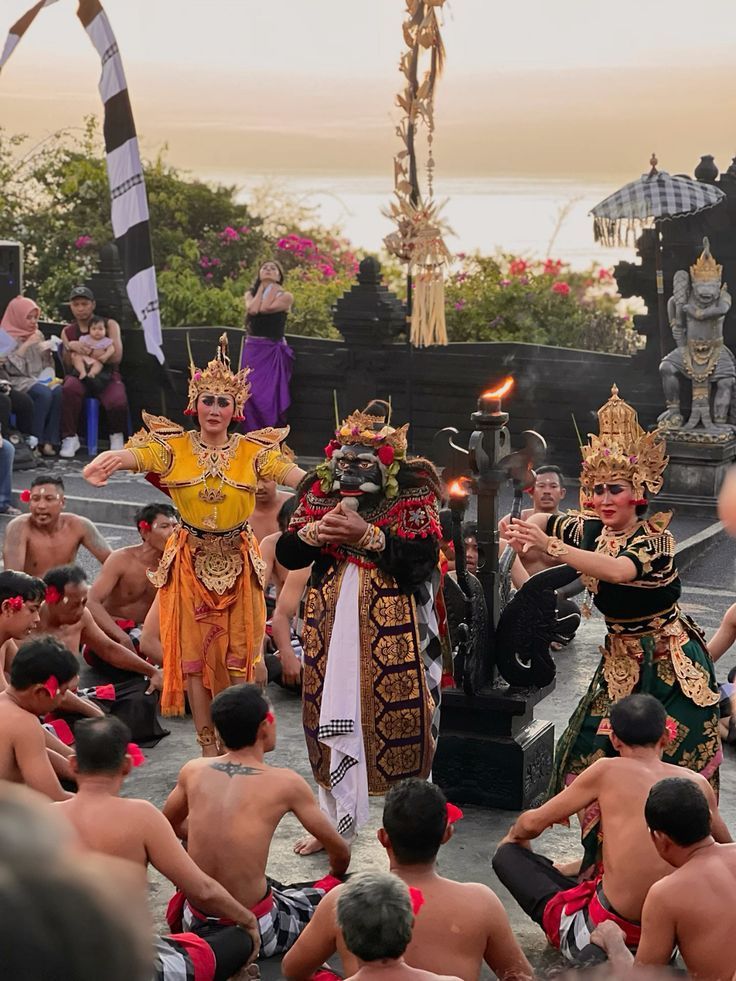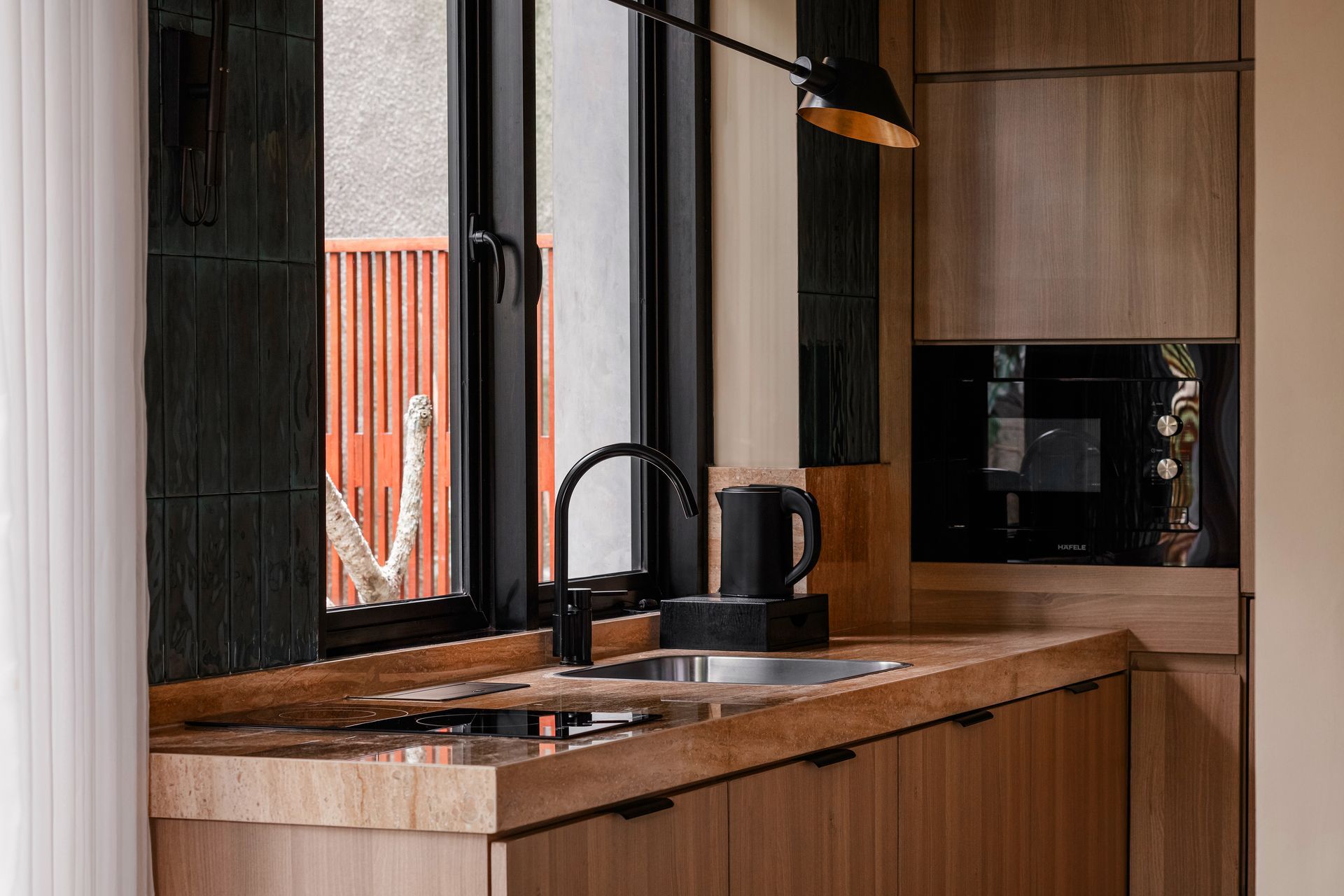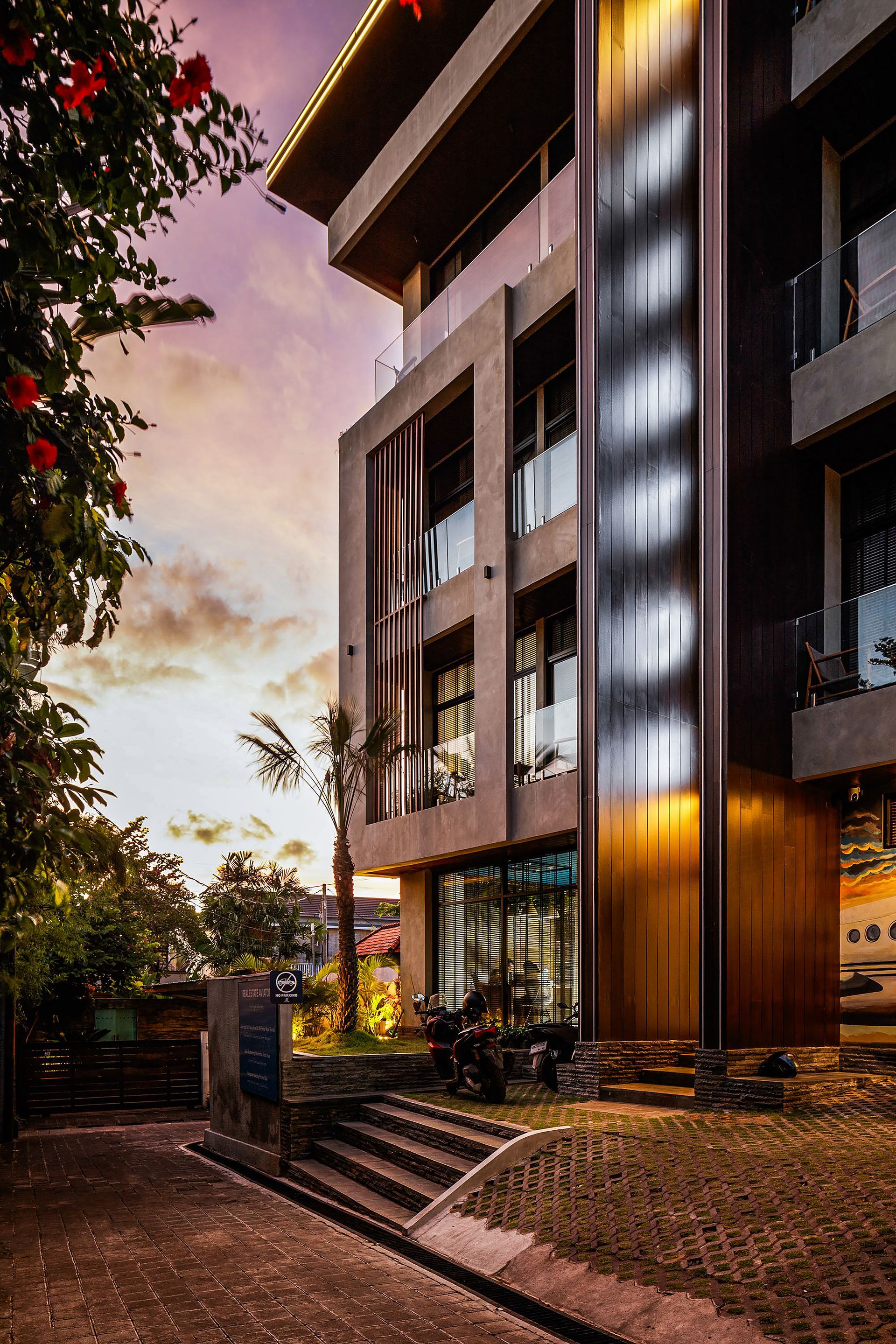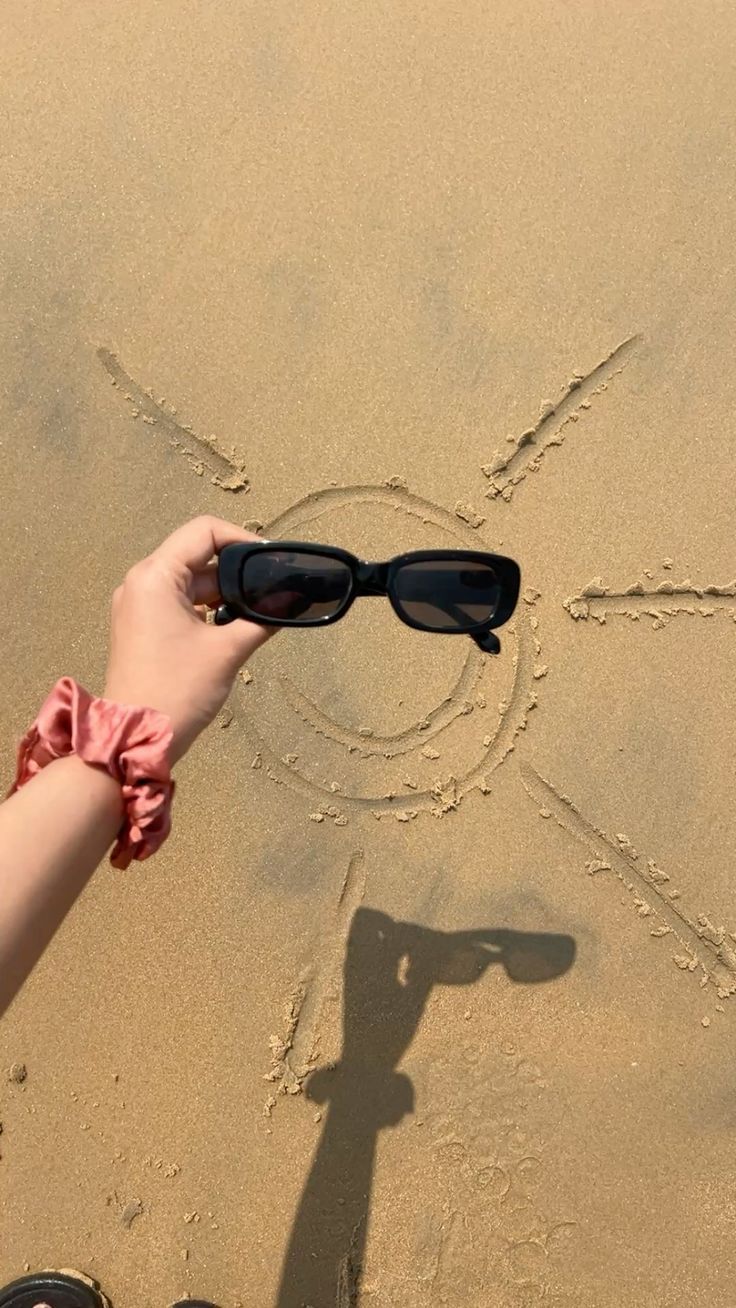🥁 Kecak Dance at Uluwatu: Fire, Ocean, and Goosebumps at Sunset
🥁 Kecak Dance at Uluwatu: Fire, Ocean, and Goosebumps at Sunset

🥁 Kecak Dance at Uluwatu: Fire, Ocean, and Goosebumps at Sunset
Ever felt hypnotized by a chant? It starts slowly — a deep rhythmic “cak cak cak” echoing through the open air, growing louder with each repetition. You're seated on ancient stone steps, facing the wide open ocean at Uluwatu, Bali. The sun begins its descent, casting gold over the cliffside stage. As the performers enter the circle, moving in perfect rhythm with nothing but their voices and energy, you feel it: the magic. No instruments. No microphones. Just raw, human sound filling the sky. This is the Kecak Dance, and it’s not just a show — it’s a spiritual performance, a Balinese ritual, and one of the most unforgettable ways to end a day in paradise.
Uluwatu Temple sits high on a jagged limestone cliff, about 70 meters above the Indian Ocean. As far as temple locations go, this one’s unbeatable — dramatic, wild, and impossibly cinematic. Just next to the sacred temple, there’s an amphitheater where the Kecak Dance is performed almost every evening. As you take your seat, surrounded by tourists, locals, and the occasional sneaky monkey, the atmosphere starts to shift. The light softens, the air cools, and the circle in the middle of the stage becomes the center of everything. It feels ancient. Timeless. Like something sacred is about to happen — and it is.
What Is Kecak, Anyway?
The Kecak Dance is one of Bali’s most iconic performances, and it’s easy to see why. It’s intense, hypnotic, and emotionally powerful — even if you don’t speak a word of Balinese. The dance itself is based on an episode from the Ramayana, a Hindu epic, where the monkey king Hanuman helps Prince Rama rescue his wife, Sita, from the demon king Ravana. The story unfolds through powerful gestures and eye movements, accompanied by a chorus of around 70 men chanting “cak” in unison. This isn’t background noise — it’s the heartbeat of the performance. There are no gamelan instruments, just human voices weaving together rhythm, tension, and drama.
The Human Orchestra
One of the most incredible things about the Kecak Dance is that there’s no band, no drum, no digital sound — only the performers’ voices. The chanting group, seated in a tight circle, act as a kind of living sound machine. Their synchronized “cak cak cak” builds energy and suspense, shifting speed and volume in perfect harmony with the action onstage. Occasionally, a leader will break from the group, adding a solo tone or directing the tempo like a conductor. It’s mesmerizing. You’re not just watching a show — you’re listening to a human orchestra that you can feel in your chest.
The Golden Hour Effect
If you arrive early — which we highly recommend — you’ll watch the show begin while the sky is still blue and end just after sunset, when the sky turns deep purple. That transition is a performance in itself. As the sun hits the horizon, it lights up the ocean behind the dancers in a burst of color: gold, orange, and red. It’s as if nature is staging its own light show to match the rhythm of the dance. The flames in the final act burn brighter against the twilight. You can smell the smoke, hear the ocean crash below the cliffs, and for a moment, everything — time, sound, story — merges into one.
Best Tips for Seeing the Show
Want the best experience? Arrive early — at least 60–90 minutes before showtime. Seats are first-come-first-serve, and the best ones are near the center front (for that perfect sunset view). The amphitheater opens around 5:00 PM, and the show starts at approximately 6:00 PM, ending just after dark. Ticket prices are around IDR 150,000–200,000 depending on the season, and can be bought at the temple or online in advance. Wear light, respectful clothing (you’ll be loaned a sarong if needed), and don’t forget your camera — just keep it quiet during the performance.
The Fire Dance Finale
As the performance reaches its peak, a man enters the circle — barefoot, wild-eyed, and surrounded by burning husks. This is the fire trance dance, a dramatic climax where Hanuman (the white monkey god) walks through fire without harm. The crowd gasps as flames rise and fall around him. It’s intense, symbolic, and a little chaotic — but that’s the point. This act represents purification, fearlessness, and spiritual power. It’s not just for tourists. This ritual has deep roots in Balinese Hinduism, and witnessing it in person is something that sticks with you long after the smoke clears.
Beyond Entertainment
While it may feel like a performance, Kecak is more than just cultural entertainment — it's a deeply spiritual art form. Originally created in the 1930s in collaboration with German artist Walter Spies, Kecak was adapted from older trance rituals. It’s become one of Bali’s cultural symbols, yet it still retains its original intensity and purpose. The trance element, the chanting, the fire — all of it serves to connect human and divine, past and present. When the show ends, there’s often a brief silence before applause, as if no one quite wants to break the spell.
How to Get There
Uluwatu is located on the southern tip of Bali, about an hour’s drive from Canggu or Seminyak depending on traffic. The easiest way to get there is by private driver or motorbike. Make it a full evening by stopping for seafood at Jimbaran Bay after the show, or grab a sunset cocktail at one of the nearby clifftop bars. Entry to Uluwatu Temple requires a small donation and proper attire, but is absolutely worth visiting before the show begins — just watch out for the cheeky monkeys who might try to snatch your sunglasses.
Why You Should Go
Watching the Kecak Dance at Uluwatu isn’t just a tick-box travel activity — it’s a real encounter with Balinese soul. It’s the kind of experience that grabs your senses and doesn’t let go. The rhythm gets under your skin. The sunset steals your breath. The fire, the story, the setting — it all comes together in a way that’s both grounding and otherworldly. Whether it’s your first time in Bali or your tenth, seeing Kecak in Uluwatu should be on your list. Not just for the photo, not just for the view — but for that moment when the chant starts, and something deep inside you responds.









